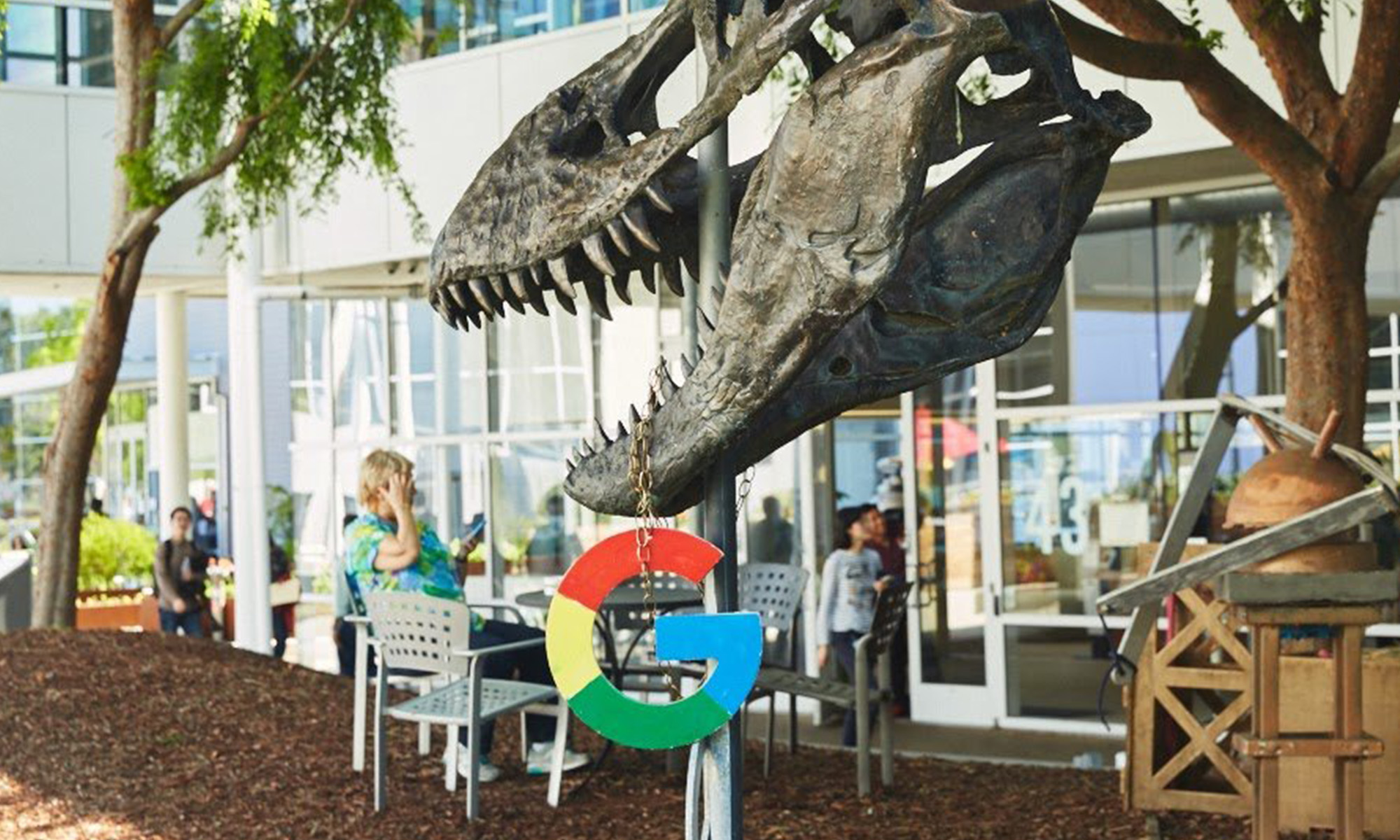
Source: Snapchat
By one measure, Snapchat is the second-biggest social network on mobile in North America. According to Sandvine's latest Internet usage survey, Snapchat used more mobile data than Instagram and Twitter (TWTR +0.00%). The only social network using more data is Facebook (FB 1.38%).
During peak hours, Snapchat accounts for 4.33% of downstream data on mobile. Instagram accounts for 4.02% and Facebook accounts for 15.96%. Snapchat's focus on sharing videos and pictures naturally lends itself to using more data, but Instagram shares a similar focus and still doesn't use quite as much data as Snapchat. Meanwhile, Twitter has made numerous efforts in the past to increase the number of photos and videos uploaded to its network, but doesn't even crack the top 10 apps for data usage.
These numbers indicate that Snapchat's engagement is very strong and even comparable to Instagram in the United States. With Snapchat's efforts to move into news aggregation and to court advertisers with more targeting and ad efficacy metrics, it represents a real threat to Facebook and Twitter.
Eating Facebook and Instagram's share
At this time last year, Snapchat didn't even crack the top 10 apps for downstream mobile data usage. Additionally, both Facebook and Instagram had larger shares of the downstream market than they do in the most recent report. Twitter didn't chart last year either.
This strong engagement growth corresponds with Snapchat's irregular updates on how many videos its users are watching. Most recently, CEO Evan Spiegel said Snapchat sees 6 billion video views per day, up from the 2 billion he said the app saw six months earlier in May. At this time last year, Snapchat didn't even have a number to throw out.
Part of that growth has come from Snapchat's Discover platform. Launched in January, it aggregates content from professional media companies like ESPN, Comedy Central, and Buzzfeed.
From the data usage, it appears that Snapchat is showing more videos than Instagram, and its 6 billion falls just short of Facebook's 8 billion video views per day. Both Facebook and Twitter have made a bigger push into video recently on the belief that more organic video will improve the viability of video advertisements. But if advertisers want to place video ads where people are watching videos, Snapchat appears to be making a strong case.
Engagement will only continue to grow
Snapchat is still growing more rapidly than the competition, and it's continually expanding its reach and usage through new verticals like Discover. Snapchat's most recent efforts include news aggregation. For example, when news broke of the shooting in San Bernardino in early December, Snapchat was quick to curate content from nearby users taking behind-the-scenes footage. Snapchat brought on CNN political reporter Peter Hamby to work as its head of news in April.
That's why Snapchat's growing engagement should especially worry Twitter investors, who are hoping the new Moments feature will spur engagement and user growth. Twitter also owns Periscope, which allows users to live stream video of what's going on around them. While Periscope can be useful in situations like the ones mentioned above, it's harder to find the most important and relevant streams compared to the curated content from Snapchat or Moments.
Getting serious about advertising
Growing engagement is one thing, but unless Snapchat can actually attract ad dollars, it's not going to have a major impact on Facebook or Twitter. Until recently, Snapchat refused to provide much in the way of targeting capabilities, and it didn't give advertisers much feedback on how their ads performed. But Snapchat is starting to come around now that it's considering an IPO.
Snapchat advertisers can now target users based on gender, age, device, location, and they can pick what content they want to advertise against in Discover. While this is a far cry from the detailed targeting capabilities of Facebook or Twitter, it's a good start.
One problem is that Snapchat is limited in its targeting capabilities because it doesn't collect data on the content users post. That content is deleted after delivery. It could, however, collect data on the content users watch in Discover and what users they follow to create a better personality profile.
Meanwhile, Snapchat is working to provide better metrics to its advertisers. Earlier this year, Snapchat partnered with Nielsen to provide data on completion rates and brand resonance. It's also supplying conversion rates and total views for its new sponsored filters.
Additionally, Snapchat is beefing up its sales team, opening an office in the UK.
As Snapchat becomes a better advertising platform, its already high and growing engagement rates become a much bigger threat to Facebook and Twitter.






